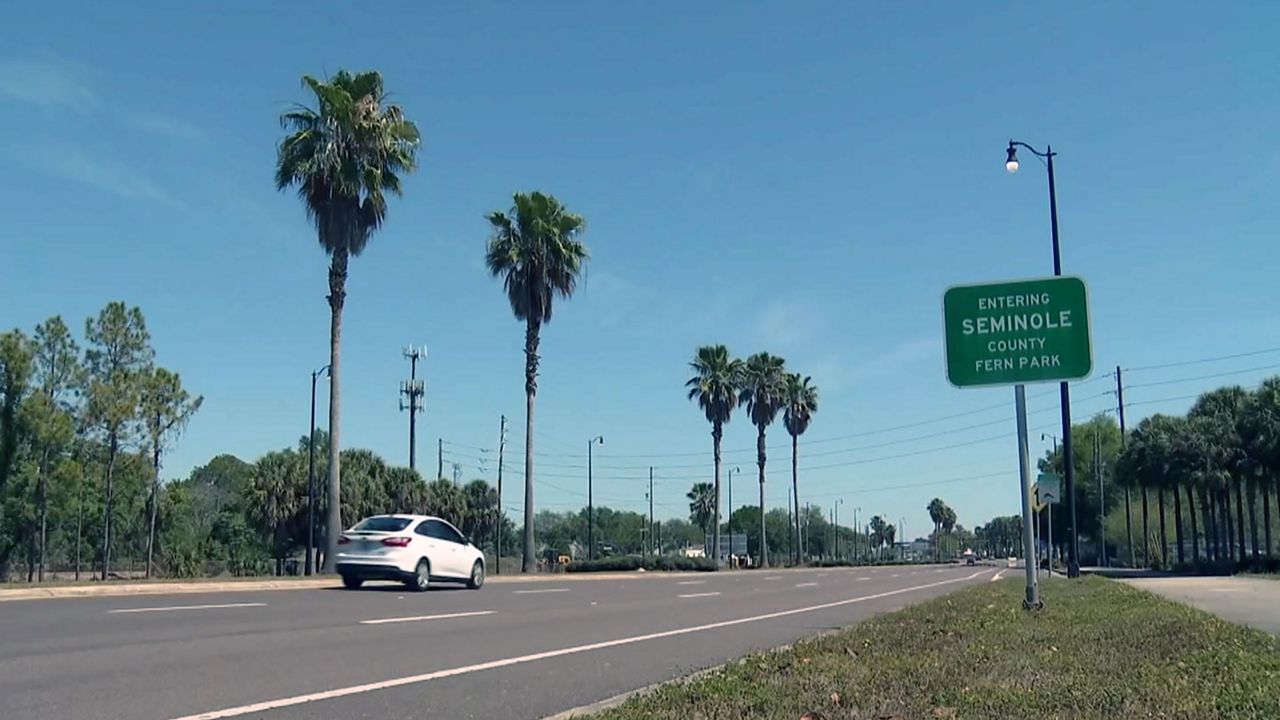Despite the little discussion, Seminole commissioners unanimously approved an animal control ordinance on Tuesday that limits how many dogs and cats residents can have in their homes to prevent animal hoarding and backyard breeding.
Additionally, commissioners enacted new rules that define what constitutes a “junk vehicle” and when county code enforcement officials are authorized to remove it from a resident’s property.
The county’s urban areas have never had any regulations on how many dogs and cats can live in a house.
Seminole officials, however, decided it was time to update the county’s animal ordinance following recent cases in which property owners hoarded a number of uncared-for dogs.
As a result of new regulations, a resident can own no more than six dogs or eight cats. The owner must, however, obtain a non-commercial kennel license from the county if he or she wants to do more than that.
However, Commissioner Lee Constantine expressed concern about a resident having so many animals in the house.
“Just personally, I just think that’s hoarding,” he said about the new limits. “That sounds like a lot to me. … When I lived in a condominium complex, I’ve lived with a neighbor that had nine animals upstairs. I’m sorry, but that’s hoarding.”
Nonetheless, Commissioner Amy Lockhart explained that this depends on the residence.
“There’s a big difference between a condominium and a fenced-in area,” she said. “I think it’s the size of the property.”
Seminole’s director of emergency management, Alan Harris, announced that the county’s kennel license is free to residents who choose to do it over the limit.
“It allows an officer to check on the well-being of the animals,” he said.
Likewise, the new ordinance requires trapping, neutering, vaccinating, and releasing feral or homeless cats caught in neighborhoods in an effort to reduce the number of stray cats roaming neighborhoods.
Supporters say that over time because sterilized cats cannot reproduce, the number of homeless cats – also called community cats – will drop in the number and eventually go into extinction.
“This law is going to bring us in line with most of the surrounding counties,” Bryan Wilson, who is the chairman of Seminole’s animal control board, confirmed. “Community cats are here, and they are going to continue to be here.”
Stephen Bardy, executive director of the Pet Alliance of Greater Orlando, called it “a great ordinance,” which he hopes will reduce the number of unwanted kittens entering his shelter.
Owners of horses with at least one acre of land are also exempt from being cited for offensive odors emitted by their animals.
He said he would like to safeguard landowners who have kept horses for years but are now surrounded by new homes with residents complaining about the smell.
Despite the recent crackdown on Seminole property owners who leave rundown vehicles in public view, the dilemma persists: when does a junk car become junk? Should it be restored or left untouched? A vehicle is classified as junk if it’s damaged, partially dismantled, or if it’s not being used, as evidenced by vegetation under the vehicle or being used only for storage, according to the new ordinance.
Moreover, if it doesn’t have a valid license plate, it constitutes a junk vehicle. A junk car, motorcycle, truck, boat, or airplane may be a junk vehicle, depending on the county’s ordinance.
Ten days after notifying the owner, the county has the authority to take the vehicle away and eventually destroy it.
County officials said that junk and abandoned cars are defined separately in the current county codes.
The laws were therefore hard to enforce, especially when a neighbor complained about their wrecked car as an eyesore.
“We’ve been dealing with this on numerous occasions,” Zembower said. “And it was very, very concerning to many.”




